Material 2017
A conference exploring the concept of the Web as a material
— Nordic House, Reykjavík, Iceland
20+ years of the Web and we are still at the very beginning of understanding and implementing digitization.
For the first time we are facing a generation that never got to know the offline world. By nature they are riding the wave without ever having touched the ground.
We might have unlearned our ancestors' knowledge about materials and crafts, it's easy to overlook the intrinsic characteristics of the Web in favour of the newest framework or boilerplate.
Let's re-explore the material Web and evaluate what we have learned so far. Join us in Reykjavik, Iceland for a trip through history, views and cultures.
For centuries we've worked with wood, metal, glass, ceramic, paper, textiles. More recently, new materials have emerged; plastics, fiberglass, silicon, and more. We understand their limitations, their affordances. We can fold, heat, manipulate and warp some of these materials. But the Internet and the Web are still very new to us. We don't fully understand them as a material.
What does this mean for the Web? What are the properties of the Web as a Material?
We have lost the Apprentice/Master relationship in the digital world. Spending years getting our hands dirty with an expert, learning slowly and really understanding the material rather than the framework. We need to be asking ourselves what sacrifices should we be making for the convenience of our customers rather than shortcuts for ourselves.
What properties of materialness exists in the Web is what this conference is meant to explore.
Videos
All of our session videos are available on our YouTube channel.
Speakers
The conference will be a day long mix of presentations and fun little side-shows from both international and local speakers.
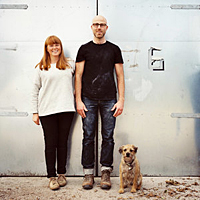
Solidwool - A new way of working with wool
Hannah and Justin Floyd had an idea. What if they could find a new way of working with wool and so perhaps bring something back to their small market town, a once thriving part of the woollen industry?
They learnt that the coarse wool from hill-farmed, upland sheep had dramatically lost its value in recent years. So they started to play. To turn the way wool is worked on its head. The end result is Solidwool — a strong, beautiful and unique composite material. Think fibreglass, but with wool.
They know better than anyone else, literally down to the micron scale about wool. That deep understanding is what we're going to talk about in relation to knowing your material and its affordances.
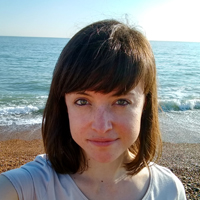
Psychology and the Web
Amber Wilson Amber Wilson worked in the field of Psychology for many years and is now a budding Web developer at a design agency in Brighton. New to Web development, she is continually eager to improve her skills.
She has found that the skills and experiences she picked up studying and working within Psychology have guided her as a developer - sometimes in surprising ways, always in useful ways, and in some ways she has yet to discover.
She is excited to bring along her unique perspective on Web development through the eyes of a discipline she knows so well. She'll talk to us about how folk that work on the Web can be aware of other disciplines that surround us, embrace their lessons, and harness these to build both a stronger Web and stronger bonds with each other.
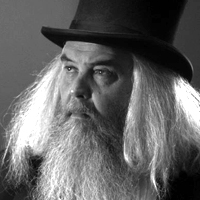
Fine Art Ingredients of the Web
The context of ideas from classical art such as the vanishing point and the perspective of the renaissance to the pixels of Mondrian and Kazimir Malevich. The devices and the tools that the creators of the web have permanently at hand.
Goddur, works as a graphic design professor at the Icelandic Academy of the Arts in Reykjavík and is without a doubt Iceland's best-known commentator on design issues.
He teaches mostly theory courses and will be discussing the history of technology and design with examples of perspective tesselations and other patterns. He's been working in design since before the first Macintosh computers and has grown and learned with the technology.
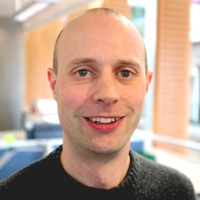
Stories and the Web
Stories have form and structure. Beginnings, middles and endings. People, places and things. Setbacks, climaxes and conflict. And the web has form and structure. Sites, pages & links. Interactivity, personalisation and adaptation.
He'll look at how stories and the web can interconnect and overlap in forms and structure, showing examples of some of the new ways that people are telling stories using the web. From choosing your level of detail, varying the length, personalising a story and interacting with explanations, to the latest BBC experiments with voice-controlled stories and atomised news.
And he'll explain how the BBC is experimenting with atomising media and deconstructing stories into fundamental, structured building blocks that we can present in new and powerful ways; building responsive stories for the web.
Tristan Ferne is the lead producer at BBC Research & Development where he uses technology and design to prototype the future of media and the Web.
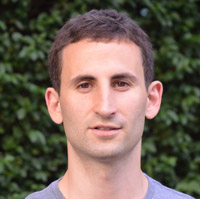
Polaroid's Next Chapter: The Photograph, Reimagined
Tommy Stadlen is the co-creator of Polaroid Swing, a Silicon Valley startup writing the next chapter in Polaroid's iconic history alongside Twitter founder Biz Stone. Swing's vision is to reimagine the photograph.
Tommy is going to enlighten us about some of the challenges that Polaroid and other companies are facing. He's going to look at Polaroid's history and the intersection of art and science, the importance of tangibility and will explore the resurgence of physicality and nostalgia. Why are we all so interested in vinyl records to film photography?
We now have the power to capture and explore how memories move, how does that impact the way we think about or digital lives?
Mini Talks
Over the course of the day, we'll have small 10–15 minute mini-talks to spice things-up and keep you thinking about more topics that we could deliver in a full-day conference.
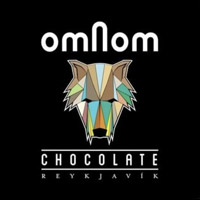
OmNom Chocolate will be giving us a mini-bean school, taking us through the stages of production through to all the new product development. They have a deep understanding in their material: chocolate.
In this short talk, they'll surprise you with what you thought their ingredients were as well as their ingenious use of waste-materials repackages as a new product.
We'll even get an opportunity to sample some different types of choco beans, nibs, and finished products during the break.
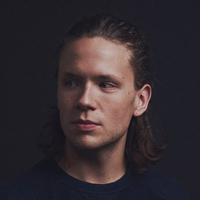
Halldór Eldjárn is a musician & audio developer who will tell us a little story about how he took 15,000 public domain photos from NASA's Apollo Space Mission and created a unique soundscape for every single one. Hint: They were programatically generated!
Halldór created the piece to open up this incredible photo library. The mood in the pictures is somewhat unusual as some of them quite casual unlike the most famous and polished pictures we are so used to seeing, from these missions. Some are even quite bad, but still they are taken during one of the most incredible journeys mankind has embarked upon and thus become mysterious and exciting. The web app selects pictures at random and the browser then starts playing the soundtrack for that picture.
When dealing with the Web, we tend to think solely about the screen and visual experience, but in this mini-talk we'll explore the material of sound and what that means.
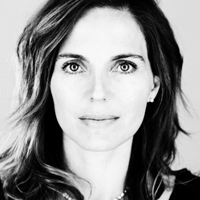
Tristan Gribbin is the creator and CEO of FLOW and is passionate about helping bring meditation to the world. She has been practicing meditation with serious dedication since the year 2000 and is a recognised meditation teacher in Iceland.
Flow has a VR meditation app which has won the opportunity to pitch in the US at TechCrunch Disrupt this September. Tristan will walk us through meditation, Virtual Reality and how this new material impacts our senses and where the Web might be headed.
The Nordic House
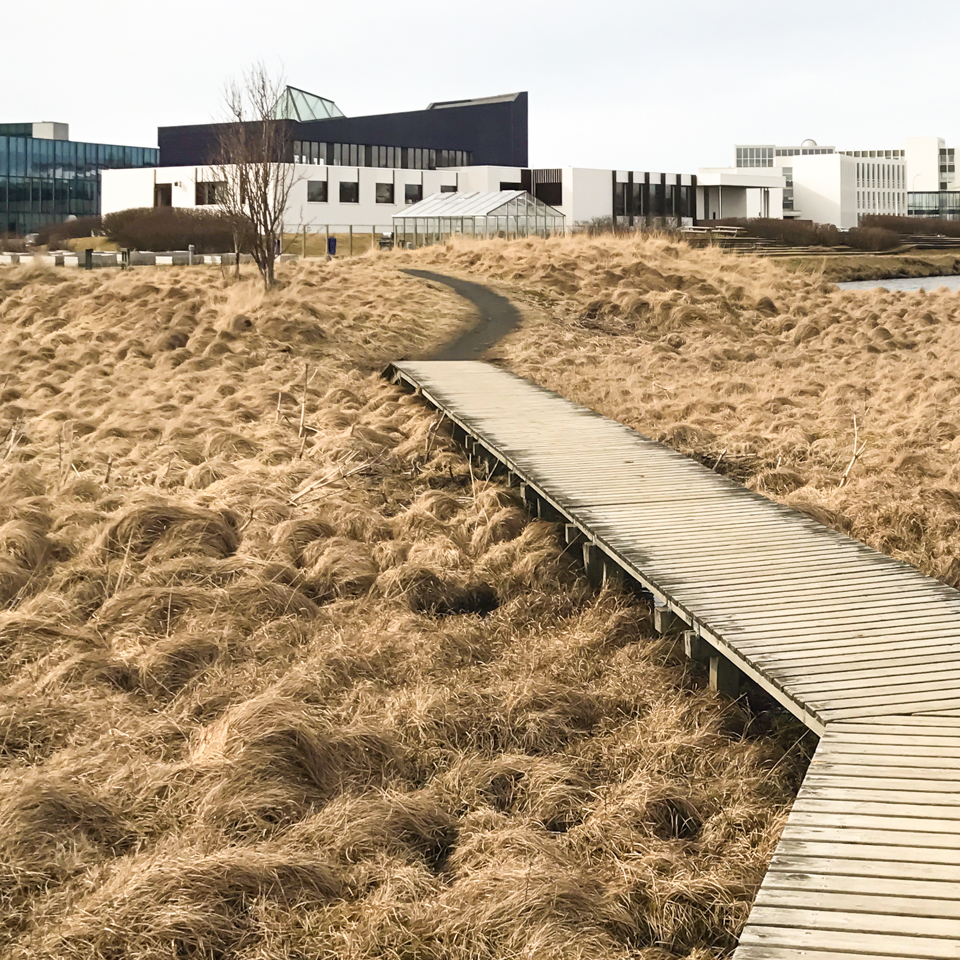
The conference will be held on August 17th at Norræna húsið, the Nordic House. Built in 1968 by acclaimed Finnish modernist architect Alvar Aalto, located in the center of Reykjavík, it is a short walking distance from various hotels and guesthouses.
The house maintains a library and focuses on Nordic Region information services. In addition, there is a shop for Nordic design and food products, exhibition space and auditoriums. The house also features an acclaimed restaurant serving New Nordic food — this is where we plan to have lunch together.
Rather than using a full-service hotel or conference center, we are trying a smaller, cozier and definitely more memorable location.
Visiting Iceland Slack Team
To help you planning your stay in Iceland, we've set up the Visiting Iceland Slack Team where you can meet other attendees, exchange experiences and team up with others to find shared Airbnbs, hotel rooms and similar. To request an invite to this Slack team please enter your email address below:
Keep In Touch — Material newsletter
Sign-up for our newsletter so we can let you know about new developments.
Also, let your friends know that you like what we're doing by tracking Material on Lanyrd.